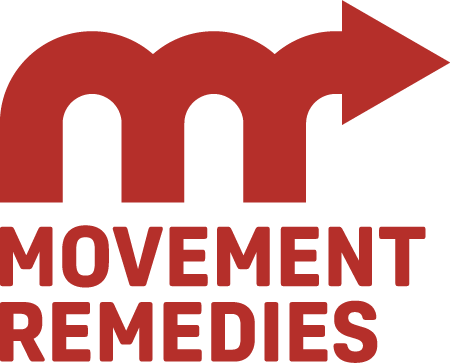What Movements Help Neck and Shoulder Pain?
I am so grateful for this question that came in through the recent community survey. In fact, it was very timely because it also came up in a recent mat class as one of the participants mentioned they were experiencing neck tension.
I get it, we talk a lot about low back and hip pain around here. Heck, I even have a free movement class on my website explicitly dedicated to low back and hip pain! So what about the rest of the spine, right? Or the whole body while we’re at it? By definition, Pilates is a whole body movement method. But it does have its limitations, especially when it comes to building strength. The standard apparatus–especially things we use in a group setting–are focused mainly on the spine and major joints. But, there are definitely things we can incorporate into our movement practice that helps bring more love and attention to the upper body. This is another area (in addition to the low back) that is frequently the site of chronic pain. So let’s get into it.
Can Pilates actually help with neck and shoulder tension?
The short answer here is yes. However, I will add the caveat that there are a lot of Pilates moves that may inherently create tension in the neck and shoulder (the Hundred, Backstroke, Swan Dive, etc). It may have been your experience that upper body tension increased after a class or session, and usually this is because we are working those muscles and so there can be residual muscle soreness. It is not necessarily a bad thing to feel sore in the neck and shoulder muscles–these need to be strong, too–the issue comes when that tension is adding to an underlying discomfort that preceded the exercise.
If we spend a great deal of time in a tensed position over a desk throughout the day (I mean who doesn’t amiright?),it is really easy to bring that posture straight into our Pilates practice. So I would argue that to have a session in which neck and shoulder tension is relieved, one has to really be focused on this as a goal and actively seek out the muscle engagement that is needed (usually in the arms and hands) to support the upper body in a balanced way. Be sure to let your teacher know if this is something you hope to get out of your session so that they can adjust the program or add supportive cueing accordingly.
What movements do you recommend to help relieve neck and shoulder tension?
Well, I am going to start by naming my assumption that the tension most people feel in this area comes from a tendency to both lift the shoulders and round them forward during daily activities, along with a forward head position that comes from working at a computer. To get relief in my neck and shoulders from being in these positions repeatedly, I would do the following (see video for detailed demonstration):
Relax the muscles at the back of the neck. Use a rolled up towel or small ball behind the neck and let your neck drape overtop.
Stretch the chest muscles and open the shoulders. Lie on a foam roller (tailbone to head) and let the arms just rest with gravity on either side. You may find it’s more effective to do this with the arms in a “goal post” position.
Rotate from the mid back. The telescoping arms exercise we do in class a lot is great for this. You can also get onto all fours and “thread the needle” with each arm.
Mobilize the shoulder joint. Sometimes the shoulder blades can feel kind of stuck on our backs after being in the same position all day. We may be holding tension in the many muscles around these bones (collectively known as the rotator cuff) without realizing it. I usually do this in class while lying on the stomach with arms outstretched or bent at the elbow. Try circles or a breaststroke motion to help move the shoulder blades in all directions.
Work the muscles at the back of the neck. I like to also do this while lying on the stomach, often in conjunction with the exercises above. Lift your head off the floor as if being lifted by a string from the back of the skull. Keep your eyes glued to the floor below you so as to avoid looking up. You can do static holds for 10-20 seconds or add some rotation.
I hope you found this helpful! Please shoot me an email to let me know what other questions you have: dk@movementremedies.org.
